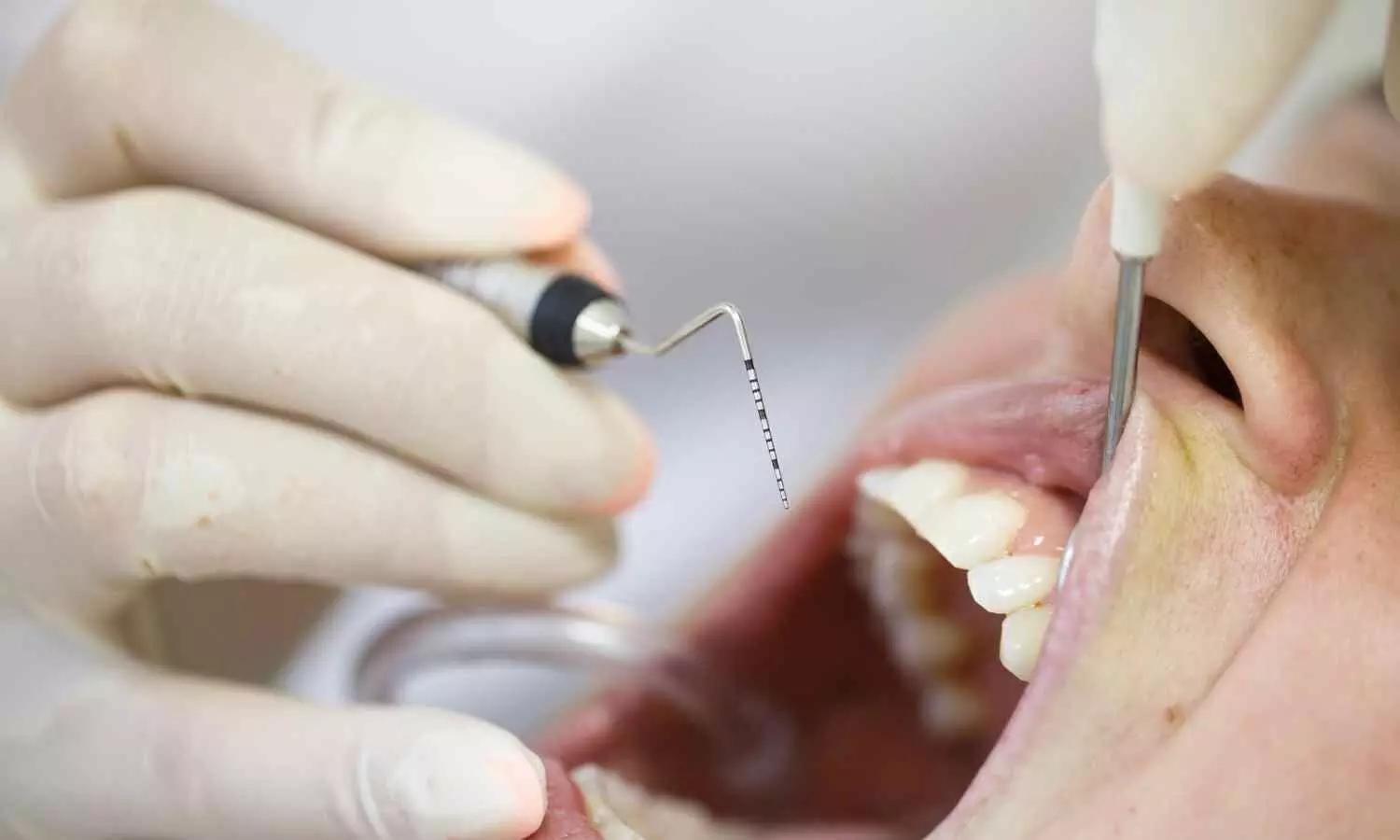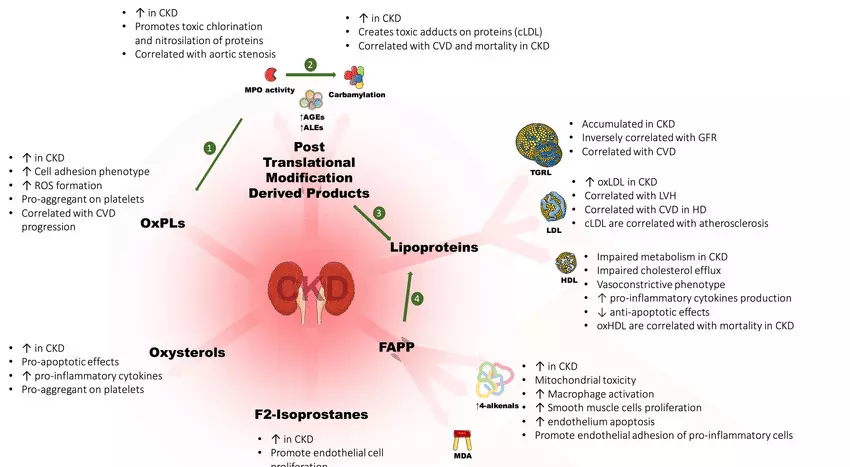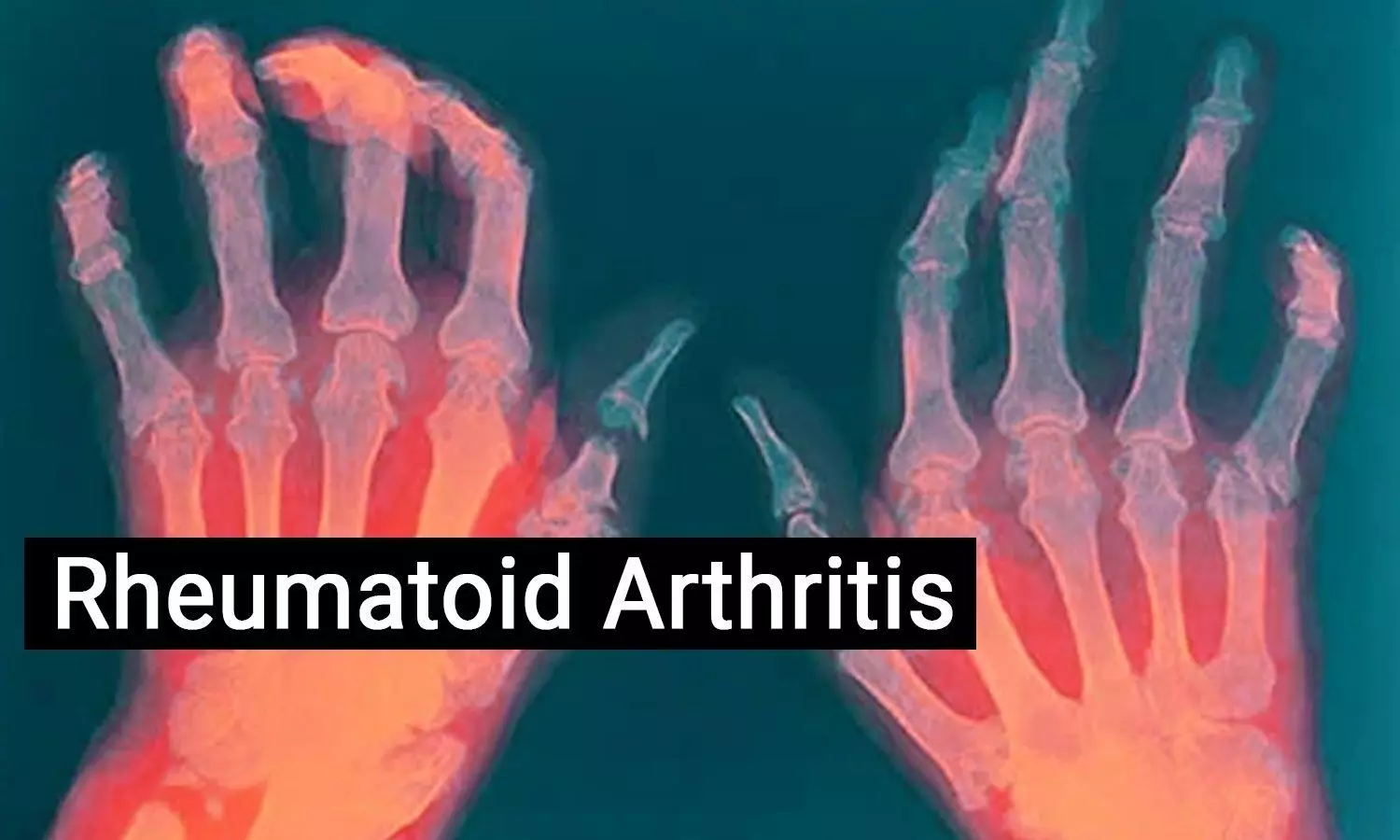Prolonged use of desogestrel pill linked to small increased brain tumour risk: Study

Taking the progestogen-only contraceptive pill desogestrel continuously for more than five years is associated with a small increased risk of developing a type of brain tumour called an intracranial meningioma, finds a study from France published by The BMJ today.
However, the researchers stress that the risk is low compared with some other progestogens (for every 67,000 women taking desogestrel, one might need surgery for meningioma) and disappeared one year after stopping treatment.
Intracranial meningiomas are typically non-cancerous brain tumours that occasionally require surgery. They are more common in older women, but many studies lack information on the specific type of progestogen used, and risk has not been measured for continuous, current, and long term use.
To address this knowledge gap, researchers set out to assess the real-life risk of intracranial meningioma associated with short-term (less than 1 year) and prolonged (1-7 or more years) use of oral contraceptives containing desogestrel 75µg, levonorgestrel 30µg, or levonorgestrel 50-150 µg combined with oestrogen.
Their findings are based on data from the French national health data system (SNDS) for 8,391 women (average age 60; 75% older than 45) who had undergone surgery for intracranial meningioma in 2020-2023. Each case was matched to 10 control women without meningioma (total 83,910) of the same age and area of residence.
Potentially influential factors, including use of a known high-risk progestogen in the six years before the study, were taken into account.
The results show a small increased risk associated with use of desogestrel for more than five continuous years.
An increased risk was not found for shorter durations or when desogestrel had been discontinued for more than one year, but it was if other progestogens of known associated increased risk of meningioma had been used in the six years before desogestrel.
This excess risk was greater in women older than 45 years, those with a meningioma located in the front or middle of the skull, and after prolonged use of one of the known high risk progestogens before desogestrel.
The authors estimate that 67,000 women would need to use desogestrel for one woman to need surgery for intracranial meningioma, and 17,000 women if current use was for more than five years.
Reassuringly, no increased risk of meningioma was found for levonorgestrel, alone or combined with oestrogen, regardless of duration of use.
This is an observational study so can’t establish cause and effect, and the authors acknowledge that some information may be missing from the SNDS database. Nor were they able to account for genetic predisposition and exposure to high dose radiation – factors that may have affected the results.
However, by using comprehensive, real-life data, including history of using other known high risk progestogens, they were able to improve reliability and minimise bias.
As such, they suggest that desogestrel should be discontinued if an intracranial meningioma is identified and patients monitored rather than undergoing immediate surgery.
Although direct evidence is still lacking, stopping treatment when desogestrel related meningioma is diagnosed may preclude the need for surgery, says neurosurgeon Gilles Reuter in a linked editorial.
“It is already common knowledge that stopping cyproterone, nomegestrol, chlormadinone, promegestone, medroxyprogesterone, or medrogestone precludes the need for surgery,” he explains. “Now we know that stopping desogestrel may also avoid unnecessary potentially harmful treatments.”
Reference:
Powered by WPeMatico









